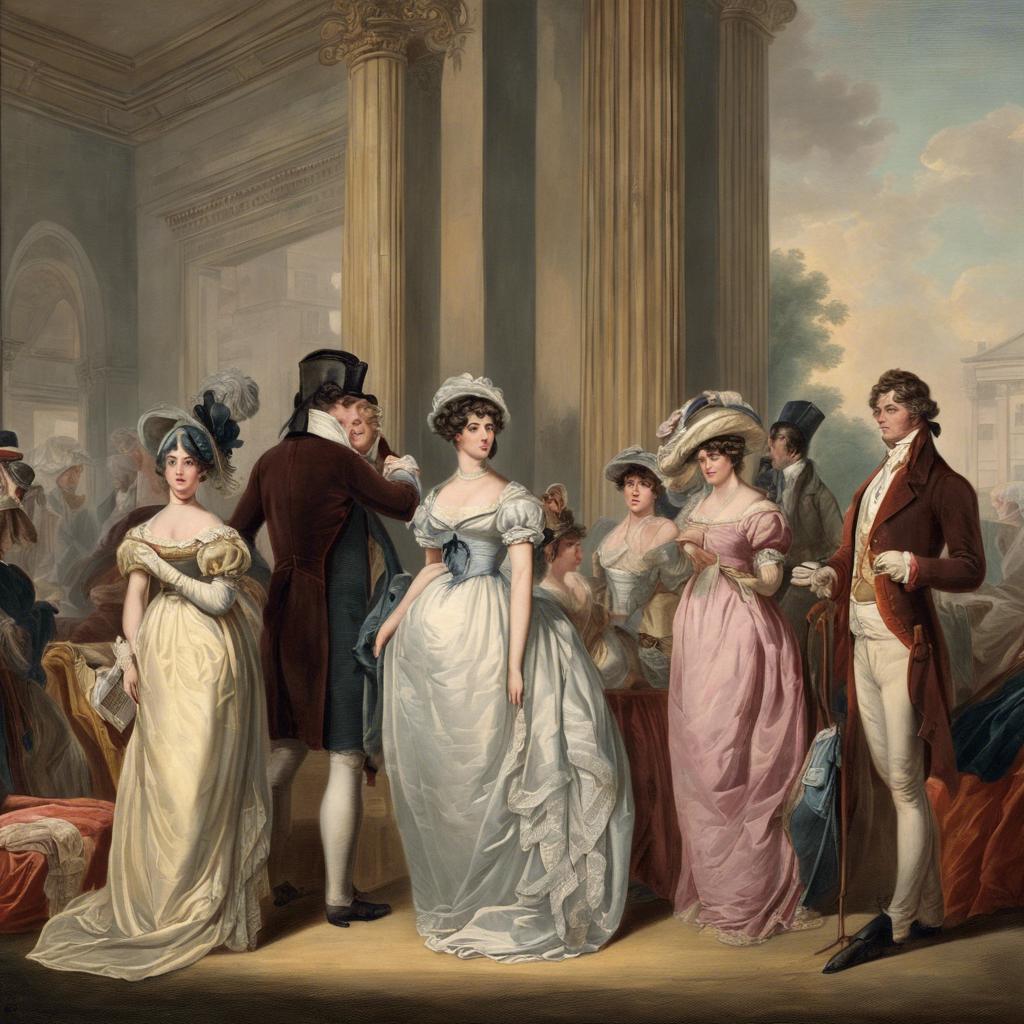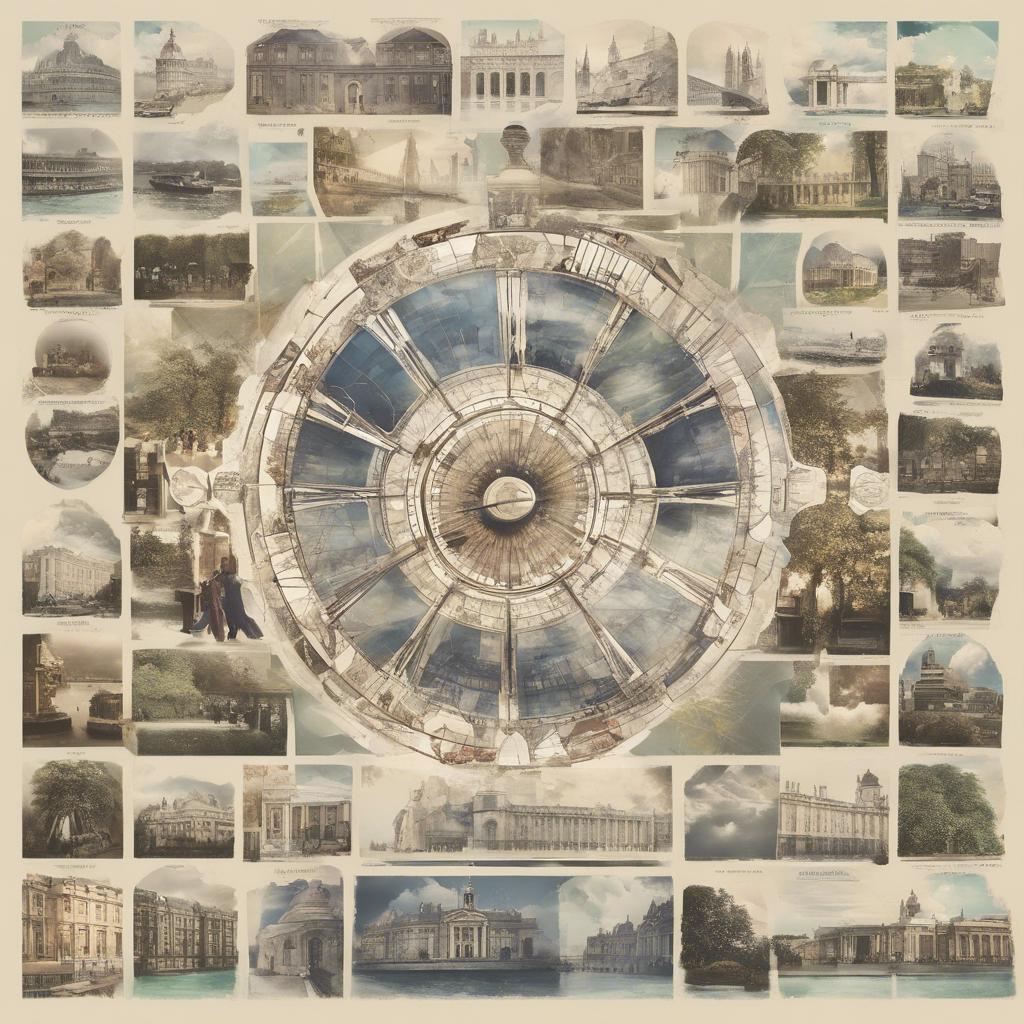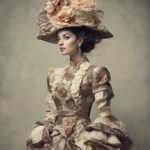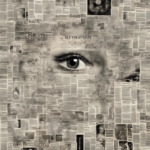The Regency Era in the United Kingdom, spanning from 1811 to 1820, was a pivotal period characterized by significant cultural, social, and political developments. As the Prince Regent assumed power during the illness of King George III, the nation faced a time of profound change and transition. In this article, we will delve into the intricate and fascinating world of Regency England, exploring the key events, figures, and customs that defined this influential era in British history.
Step Into the World of Cheryl Bolen
Dive into the enchanting stories of love, intrigue, and elegance set in the Regency Era. Cheryl Bolen's novels offer timeless romance and captivating tales that will leave you wanting more.
Explore Cheryl Bolen's Books Now
Introduction to the Regency Era in the United Kingdom
The Regency Era in the United Kingdom, spanning from 1811 to 1820, was a fascinating period characterized by elegance, excess, and social change. This era was named after the Prince Regent, who ruled in place of his father, King George III, who was deemed unfit to govern due to his mental illness.
During the Regency Era, England experienced a significant cultural shift, with a focus on art, fashion, and literature. The era saw the rise of the Romantic movement in literature, led by renowned writers such as Jane Austen and Lord Byron. This period also witnessed the flourishing of neoclassical architecture and design, with iconic landmarks such as the Royal Pavilion in Brighton.
One of the defining features of the Regency Era was the extravagant lifestyle of the upper classes, who indulged in lavish parties, gambling, and opulent fashion. The era also marked the beginning of the Industrial Revolution, which brought about dramatic changes in society, economy, and technology. Despite the social and political unrest of the time, the Regency Era remains a captivating period in British history, rich in art, culture, and innovation.
The Fashion and Etiquette of Regency England
In Regency England, fashion and etiquette played a significant role in shaping society. Women’s fashion during this era was characterized by empire waists, flowing silhouettes, and delicate fabrics such as muslin and silk. Bonnets and shawls were popular accessories, and intricate embroidery and lace were often used to embellish clothing. Men’s fashion, on the other hand, was marked by tailored suits, cravats, and top hats. Gloves and walking sticks were common accessories for gentlemen.
Proper etiquette was highly valued in Regency England, with strict social norms dictating behavior in various settings. A code of conduct governed interactions between men and women, with courting and courtship rituals being of utmost importance. The language of the fan was often used by women to communicate discreet messages in social settings. Additionally, dinner parties were a key social event where proper manners were essential, from the seating arrangements to the handling of cutlery.
Social status and wealth played a significant role in determining one’s place in Regency society, with elaborate balls and gatherings serving as opportunities to display one’s wealth and connections. The ton, or high society, held sway over social affairs, with gossip and scandals often fueling intrigue and drama. Despite the rigid social hierarchy, there was a certain elegance and charm to that continues to captivate us today.
Social Class Structures and Politics in Regency Society
During the Regency era in the UK, social class structures played a significant role in shaping politics and society. The rigid hierarchy of the time placed members of the nobility at the top of the social ladder, followed by gentry, merchants, and tradespeople. At the bottom were the working-class individuals, struggling to make ends meet in a rapidly industrializing society.
**Key Points:**
- The nobility held immense power and influence, often using their connections to secure political positions and advance their own interests.
- Gentry members were next in line and typically held positions in local government or served as officers in the military.
- Merchants and tradespeople, while prosperous, did not have the same level of social status as the nobility and gentry.
| Class | Role |
|---|---|
| Nobility | Political power and influence |
| Gentry | Local government and military positions |
| Merchants/Tradespeople | Prosperous but lower social status |
The intertwining of social class structures and politics often led to a system where wealth and privilege determined one’s place in society. As a result, those in the lower classes faced significant challenges in accessing opportunities for advancement and representation in government. This disparity fueled class tensions and laid the groundwork for social movements striving for greater equality and representation.
Recommendations for Exploring Regency Era Architecture and Literature
When exploring Regency Era architecture in the UK, be sure to visit iconic landmarks such as the Royal Pavilion in Brighton, a stunning example of the exoticism and opulence popular during this period. The elegant Georgian townhouses of Bath, with their distinctive Palladian architecture, are also must-see attractions for architecture enthusiasts.
For literature aficionados, delving into the works of Jane Austen is essential for gaining insight into the Regency Era. Her novels, including ”Pride and Prejudice” and “Sense and Sensibility,” offer a glimpse into the social norms and customs of the time. Additionally, exploring the poetry of Lord Byron and Percy Bysshe Shelley can provide a deeper understanding of the romantic ideals and political turbulence of the era.
Immerse yourself in the Regency Era by attending literary events and architectural tours that focus on this fascinating period in British history. Take a guided tour of Regency-era buildings in London or attend a Jane Austen-themed tea party to fully appreciate the elegance and charm of this era.
In Retrospect
the regency era in the United Kingdom marked a significant period of political and cultural change, characterized by the leadership of Prince Regent George IV and the flourishing of literature, art, and architecture. Despite the challenges and social inequality of the time, the regency era laid the foundation for the modernization and development of British society. As we reflect on this dynamic period in history, it is evident that the legacy of the regency era continues to shape our understanding of the past and inspire us to seek progress and improvement in the present.


